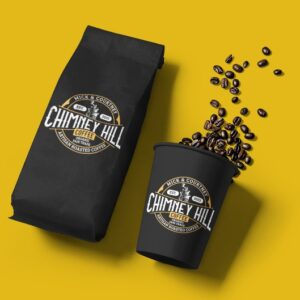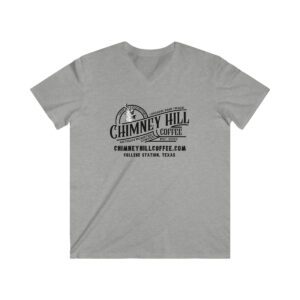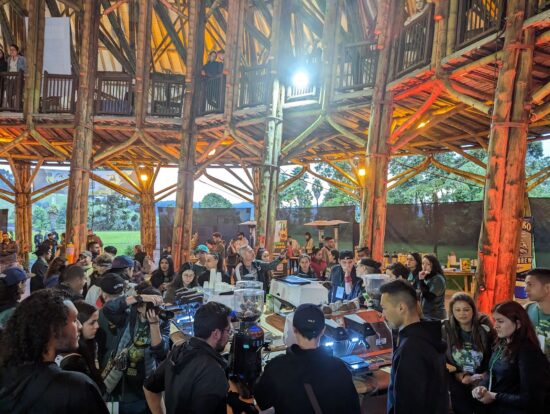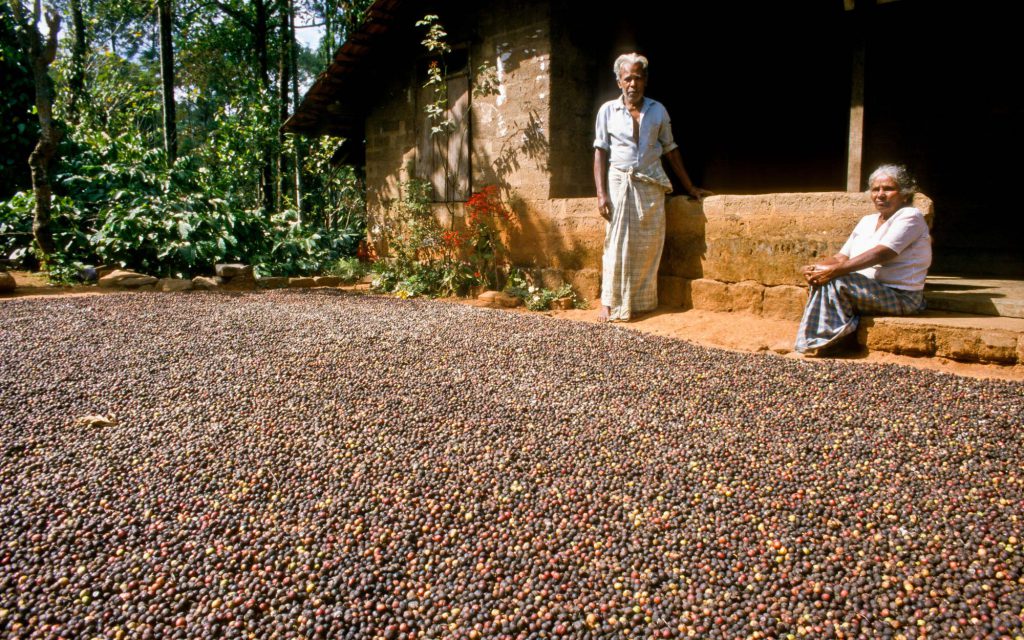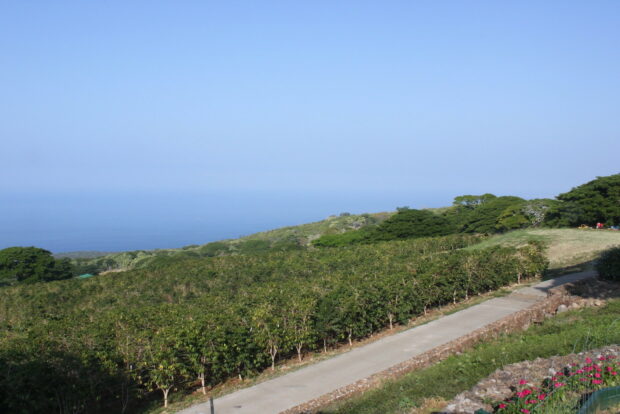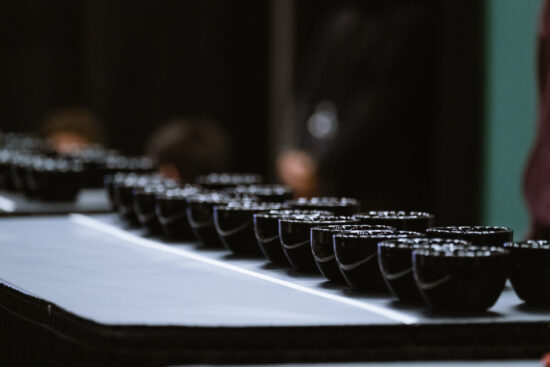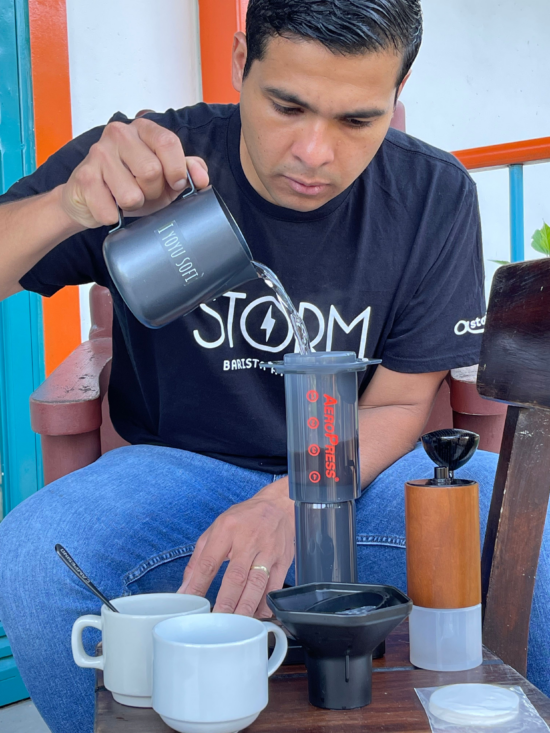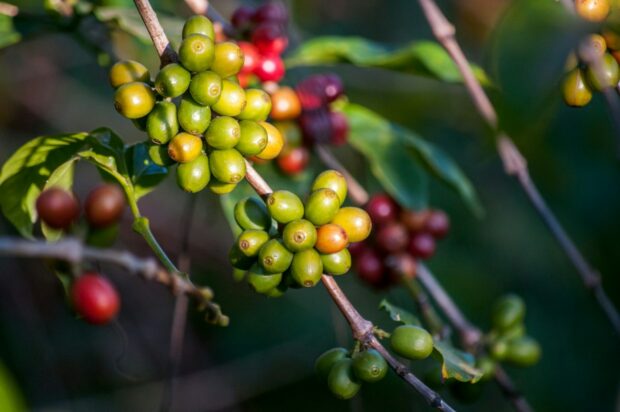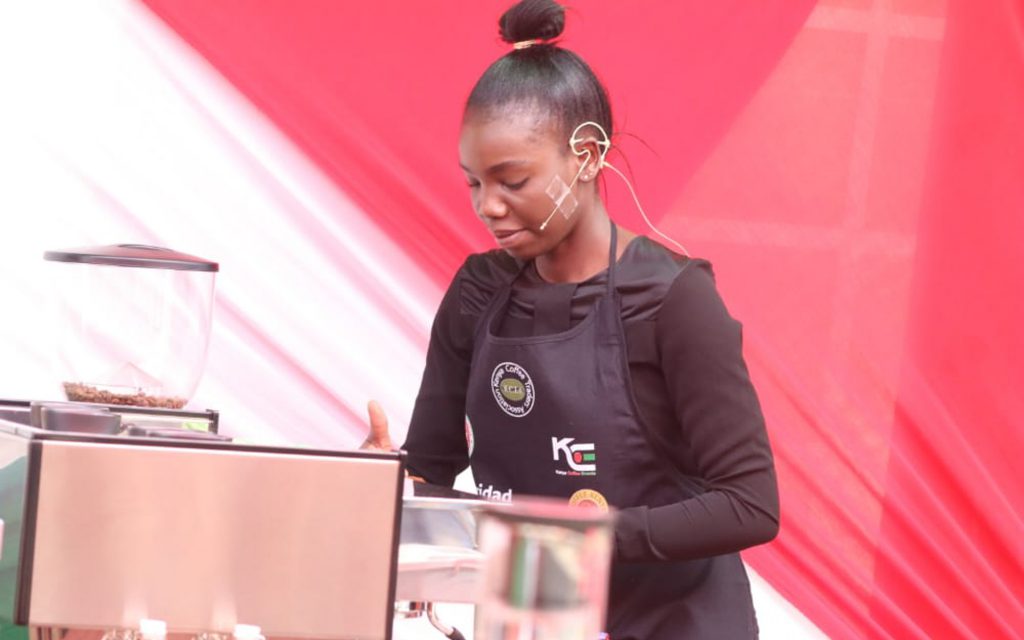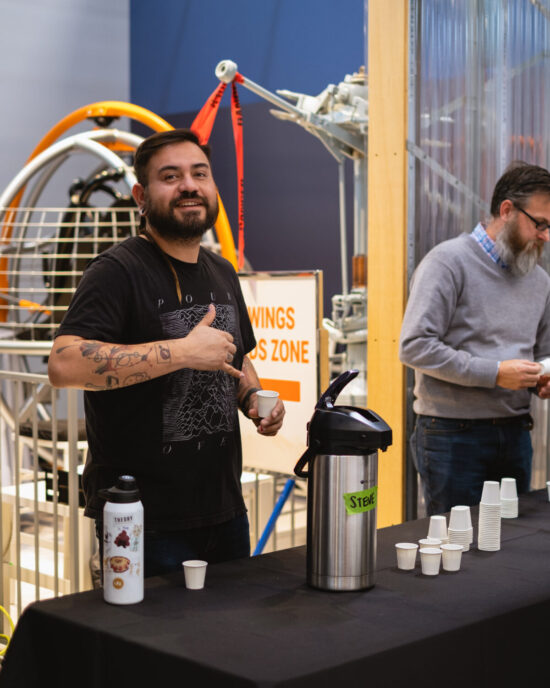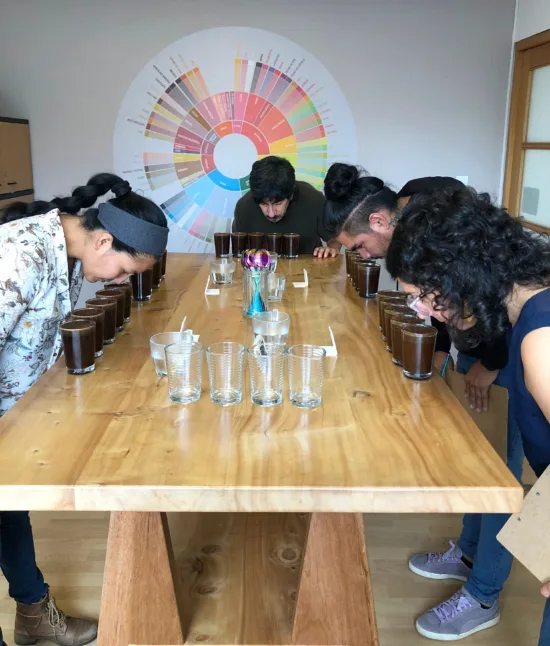The most affordable Keurig coffee maker is available exclusively at Walmart and comes at a sweet price of only $59.00. In this article, you’ll find out how good it really is, and also find additional information like how to clean it, or do you need a water...
What is the Weiss Distribution Technique & should you use it before tamping coffee?
What is the Weiss Distribution Technique & should you use it before tamping coffee?
What is the Weiss Distribution Technique & should you use it before tamping coffee?
What is the Weiss Distribution Technique & should you use it before tamping coffee?
What is the Weiss Distribution Technique & should you use it before tamping coffee?
What is the Weiss Distribution Technique & should you use it before tamping coffee?
Quick French Press Iced Coffee (No, It’s Not Cold Brew)
This is the absolute fastest way to make French press iced coffee. Just forget about cold brew concentrate – with this Quick French Press Iced Coffee Recipe you can have your iced coffee ready in 5 – 6 minutes. Who doesn’t like the French press?! It’s...
Here’s How to Change Keurig 2.0 Water Filter Easily
Not sure how to change Keurig 2.0 water filter? Here are step-by-step instructions that will help you do it quickly and easily. Keurig water filter should be changed every 2 months or 60 tank refills. The water filter is located inside the water tank, on the valve at...
The coffee rose for assessing Anaerobic coffee
I just came across this really neat tool to assess anaerobic coffees. I haven't used it for cupping yet. I'm not sure I will like it either because the idea of lowering the score of the coffee just because it tastes has some thyme flavors. At the same time I...
Three US Coffee Championship Events Are Heading To Rancho Cucamonga
This article is from the coffee website Sprudge at http://sprudge.com. This is the RSS feed version. The 2024 US Barista Championship, Brewers Cup, and Cup Tasters will take place March 15-17 at Klatch Coffee Roasters in Rancho Cucamonga, California.
The Origin Story of Turtle Island Coffee in Vancouver, B.C.
A new Indigenous-owned coffee company based in Vancouver, British Columbia, called Turtle Island Coffee has launched with the goal of exposing more people to high quality specialty coffee and Indigenous...
Get Ready for The Barista League’s 2024 Season
The Barista League has announced 12 competitions across four continents. BY J. MARIE CARLANBARISTA MAGAZINE ONLINE Photos courtesy of The Barista League When The Barista…
Get Ready for The Barista League’s 2024 Season
The Barista League has announced 12 competitions across four continents. BY J. MARIE CARLANBARISTA MAGAZINE ONLINE Photos courtesy of The Barista League When The Barista…
Get Ready for The Barista League’s 2024 Season
The Barista League has announced 12 competitions across four continents. BY J. MARIE CARLANBARISTA MAGAZINE ONLINE Photos courtesy of The Barista League When The Barista League announces new events, it’s worth paying attention! This year, the schedule will be...
Weekly Coffee News: EUDR and Africa + More Celebrity Coffee
Welcome to DCN’s Weekly Coffee News. Keep up with all the latest coffee industry stories and career opportunities by subscribing to DCN’s newsletter. Tell our editors about your news here. Report: Small-Scale Farmers in...
Do Higher Coffee Prices Mean More Money For Farmers? A Story From Sumatra Shows It’s Complicated
This article is from the coffee website Sprudge at http://sprudge.com. This is the RSS feed version. Since coffee costs more now than ever, do those coffee prices impact the amount of money earned by coffee farmers?
Coffee News Recap, 2 Feb: Applications open for Australia’s Richest Barista 2024, De’Longhi reports 4.6% revenue increase after La Marzocco move & other stories
Every Friday, Perfect Daily Grind rounds up the top coffee industry news from the previous week. Here are this week’s coffee news stories. The word of the week is: expansion. Mon, 29 Jan AeroPress launches limited-edition Clear Pink brewer. The coffee brewer is made...
Watch The 8 Best Coffee Videos Vying For Sprudgie Awards
This article is from the coffee website Sprudge at http://sprudge.com. This is the RSS feed version. The best coffee videos from 2023 featuring Cafe Imports, Aramse, Nguyen Coffee Supply, Wildly, Mirror Coffee Roasters, Alto Stories, Quek Shio, and Cafe Retiro.
Robusta is great and has untapped potential
I live in the US and my typical choice of coffee is lightly roasted Ethiopian pour overs. I generally love acidity and fruit flavors in my coffee. My experience with Robusta has often been poor. Very dark, roasty and maybe chocolatey. I participated in the Hoffman...
Design Details: Brewing Reinvented at ULA Café in Melbourne
Welcome to Design Details, an ongoing editorial feature in Daily Coffee News focused on individual examples of coffee shop architecture, interior design, packaging design or branding. If you are a coffee...
Robert Downey Jr.’s New “Happy Coffee” Is Really Depressing
This article is from the coffee website Sprudge at http://sprudge.com. This is the RSS feed version. Robert Downey Jr. and Craig Dubitsky team up for Happy Coffee.
Out Now: The February + March 2024 Issue of Barista Magazine!
In our new issue we feature Lisa Lawson from Glasgow, Scotland, take a look at the newest grinders, explore spring drink inspiration, see how more women are getting involved in coffee tech, and much more! BY SARAH ALLENBARISTA MAGAZINE We’re stoked to announce the...
The coffee industry’s biggest competition: The story of the World Barista Championship
Every year, the global coffee industry gears up for one of its most exciting and groundbreaking competitions: the World Barista Championship. For more than two decades, the WBC has been one of the biggest catalysts for change and innovation in specialty coffee, and...
The 2023 Specialty Coffee Transaction Guide Has Landed
The 2023 edition of the Specialty Coffee Transaction Guide (SCTG) guide went live today, providing actors throughout the coffee chain a data-driven tool for green coffee price discovery. The full...
Espro great until I needed replacement filter ☹️
I've had an Espro P7 for nearly four years after seeing glowing praise on this sub (to which I later contributed). Before I bought the P7 I looked at the replacement parts available and they seemed like a solid company in that they sold e.g. replacement filters...
New Bill Requires More Kona In Your Kona Coffee
This article is from the coffee website Sprudge at http://sprudge.com. This is the RSS feed version. Currently a coffee only need to be 10% Kona to be labeled as such.
What’s the best and worst part about owning and running a coffee shop?
I'm not interested in getting into it myself, as I have no experience in the service industry, no real appetite for risk and no desire to run a business in general. But sometimes I think about it and I wonder what's the most enjoyable thing about it and...
minimum dose size?
I use the Hario switch to brew my coffee and am trying to reduce my caffeine consumption. Hence I would like to brew smaller cups of coffee. I am currently using 10g of coffee with 160g of water. (1:16 Ratio) I am wondering if there is a minimum amount of coffee...
[CAFE OWNERS] Background before starting a shop?
I’ve worked in coffee for 6 yrs as a barista and shift supervisor and have passion for it. I’ve decided that I want to open my own place in the future and so I’ve been doing the research to make a business plan. Lately, however, I’ve begun to realize just how many...
What is the Weiss Distribution Technique & should you use it before tamping coffee?
There are many variables to consider when pulling espresso shots, which include dose, yield, extraction time, and grind size. As well as these, we also need to remember that puck preparation techniques – including distribution and tamping – are equally important.
Essentially, good distribution and tamping techniques help you to achieve even extraction and allow you to get the best out of your coffee.
During his winning 2022 World Barista Championship (WBC) routine, we saw Australian competitor Anthony Douglas use several distribution and tamping tools before he pulled his espresso shots. One of his tools was specially designed to carry out a distribution method known as the Weiss Distribution Technique (WDT).
So what is this technique, and why did Anthony use it in his routine? Moreover, should more coffee shops be using these distribution and tamping methods, too?
I spoke to Anthony to find out more information – read on to find out what he said.
You may also like our article on channelling and how it affects espresso extraction.


What is the Weiss Distribution Technique and why is it used?
Before we discuss the WDT, as well as other similar methods, we first need to understand why distribution is so important.
In order to pull high-quality espresso shots, coffee needs to be ground very fine to increase the surface area of the particles. This is because espresso is extracted over a very short period of time using high-pressure water – which means you have a smaller window to extract desirable flavours and aromas in comparison to filter brewing methods.
Furthermore, because the grind size for espresso is so fine, this can sometimes lead to clumping. This is when ground coffee sticks together, which can cause a number of problems during extraction, such as channelling.
In coffee shops around the world, there are a number of ways that baristas can distribute grounds in a portafilter before extracting the coffee as espresso.
One of the most common methods is to simply “tap” the basket of the portafilter against your hand or the surface of the counter. You need to repeat this until all the clumps break down and the grounds are evenly distributed throughout the basket.
This distribution technique is by far the most efficient one – especially during busy periods – but it doesn’t always produce the best results.
The WDT, meanwhile, requires you to use a fine needle or similar utensil to stir the coffee grounds in the portafilter basket. Most WDT tools have around five needles, which help to break down clumps and create an even density of ground coffee.
The WDT was developed by John Weiss in 2005 after he found that some home grinders caused coffee to clump particularly badly. Since then, many baristas and coffee enthusiasts have adopted the technique.
You can also place a funnel over the portafilter basket when using the WDT to make sure you contain all the coffee grounds while you stir them – otherwise your dose could be too small.
In his 2022 WBC routine, Anthony used a WDT tool which isn’t currently commercially available. This device (developed by Barista Hustle) is mounted on top of the portafilter and lowered down so that its needles run through the entire depth of the basket. You then spin the handle of the tool to remove any clumps and evenly distribute the grounds.
Anthony, who is also the training manager at Axil Coffee Roasters, explains why he used this specific WDT tool.
“During my 2022 Australian Barista Championship routine, I used one of Barista Hustle’s manual WDT tools,” he says. “It produced great-tasting espresso, but Matt Perger [the founder of Barista Hustle] was sat in the audience.
“After the competition, Matt approached me and asked if I would like to try a new WDT tool that they were developing,” he adds. “I then used this WDT tool on stage at the 2022 WBC.”


How effective is the Weiss Distribution Technique?
Anthony believes that the WDT is the most effective distribution method for baristas to use.
“It’s the best distribution method that I have used because it’s the only technique that evenly distributes ground coffee from top to bottom, as well as side to side,” he explains. “In turn, I’ve experienced the best results with this method.”
So are there certain procedures you should follow when using the Weiss Distribution Technique to get the best results?
Firstly, we need to consider which type of tool you are using – particularly the size and length of the needles. Ideally, the needles need to be thin, but not too thin that they could break as a result of heavy use. Some professionals recommend using needles which are no wider than 1mm to ensure grounds are distributed evenly.
Moreover, all needles should be able to reach the bottom of the portafilter basket so that they can evenly distribute ground coffee throughout the entire basket. If the needles aren’t long enough, for example, only the surface of the puck will be distributed, which could lead to channelling or other issues.
Anthony explains that the needles of the WDT tool he used in the 2022 WBC were spaced in a way which meant they distributed the entire surface area of the basket in one spin. Ultimately, he says this helped him to extract a repeatable and consistent flavour profile, with blackberry as one of the most prominent tasting notes.
“They help to ‘fluff’ up the ground coffee more, which means that it’s easier to distribute the grounds,” he tells me. “This is because the more compact the grounds are [before tamping], the harder it is to distribute them.”
During his 2022 WBC routine, Anthony also spun his WDT tool for just under ten seconds, which he says helps to result in more even distribution, too.
However, when carrying out the WDT, it is possible to overstir the grounds or distribute too aggressively. Ultimately, you should always stir the grounds in a careful and controlled manner to achieve the best results.


What about tamping?
As well as distribution, it’s also important that we consider tamping techniques.
In simple terms, tamping is when you apply force to ground coffee in a portafilter basket, which makes the puck compact.
However, if you tamp unevenly distributed coffee, you can create an uneven puck. In turn, this can negatively affect your espresso extraction.
Knowing how much force to apply when you tamp is important, but you also need to factor in the shape of the tamper you are using. There is a wide variety of tampers available – including convex, flat, calibrated, and even automated tampers.
In recent years, we have also seen the emergence of height-adjustable levelling tampers, such as the Nucleus Coffee Distribution tool which was designed by 2015 World Barista Champion Sasa Sestic. These types of tampers have angled slopes instead of a flat base, which helps to move ground coffee in a circular motion, thereby improving the evenness of the puck
No matter which type of tamper you use, one of the most important things is to ensure that your tamper fits snugly into the portafilter basket. Many coffee professionals recommend using a tamper that is around 0.3mm smaller in diameter than a portafilter basket.
This is because if the tamper is too small, you won’t be able to evenly tamp the entire puck. Conversely, if the tamper is too big, you could risk getting the tamper stuck in the portafilter and disturbing the coffee puck.
In his winning WBC routine, Anthony used a two-step tamping process for all of his beverages – he first used a levelling tamper before using a Great Leveller spring-loaded tamper.
“The outer rim of the calibrated tamper I used in my routine is 58.5mm in diameter, so it sits on the edge of the portafilter basket,” Anthony says. “Because it’s spring loaded, it means you push down on the handle and the base of the tamper goes into the basket to compress the coffee grounds.
“It helps to maintain a level tamp, so there’s no way that you can tamp unevenly,” he adds.


Should we be using more Weiss Distribution Technique tools in coffee shops?
Anthony says he would like to see more baristas using the WDT in coffee shops.
“Baristas should know how to tamp properly in the first place, but using the WDT also helps to improve consistency,” he explains.
Ultimately, if carried out correctly, using the WDT would allow baristas to achieve more even extraction, and therefore serve better-quality beverages.
“If you’re doing the WDT manually, it can be difficult to do it with every drink you make, so maybe it could be used for more expensive coffees,” he adds. “But if you use a WDT tool like the one I used at the 2022 WBC, it can be much quicker and easier.”
On a similar note, the increasing number of automated tampers in coffee shops means that tamping can also be a more efficient process, especially during busier periods.
“In my experience, I get better results with manual tamping, but if I’m working behind a busy bar, an automatic tamper like the PUQpress would help to improve my workflow,” Anthony explains.


There are many important steps to consider when preparing high-quality espresso, including distribution and tamping. However, when you distribute and tamp your puck correctly, you can extract coffee more evenly and end up with better-tasting results.
And while tamping is a common practice in the vast majority of coffee shops, the WDT is certainly less popular. However, whether or not this method will be used more widely by baristas remains to be seen.
Enjoyed this? Then read our article on why it’s time to rethink coffee distribution.
Photo credits: World Coffee Events
Perfect Daily Grind
Want to read more articles like this? Sign up for our newsletter!
The post What is the Weiss Distribution Technique & should you use it before tamping coffee? appeared first on Perfect Daily Grind.

